
Sixteenth Century Floor - Mining and minerology room
Early Period Floor
Early Europe Floor Sixteenth Century Floor
Seventeenth Century Floor
Eighteenth Century Floor Back to alchemy website
During the sixteenth century as books became more available, a number of works appeared dealing with mining and the smelting or extraction of metals from their ores. Some of these contained images that were related to alchemy, and which obviously influenced alchemical illustrations.
Bergbuchlien (1505)
The Bergbuchlien, the first book on mining was published at Augsberg in 1505, contains a number of coloured woodcut illustrations, mostly showing veins of metals in the earth.
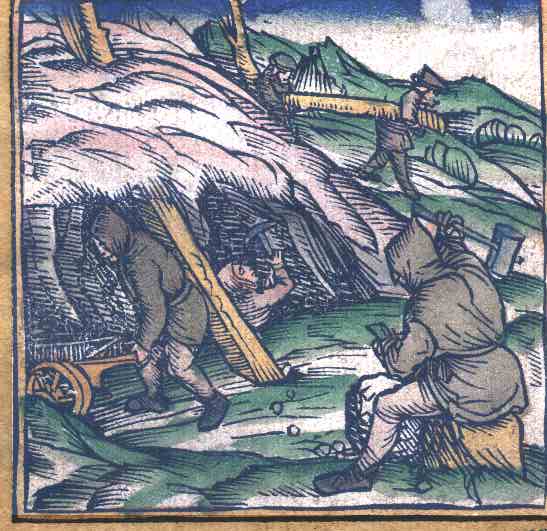
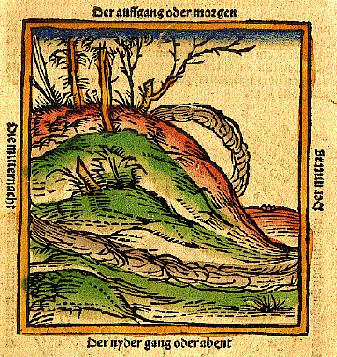
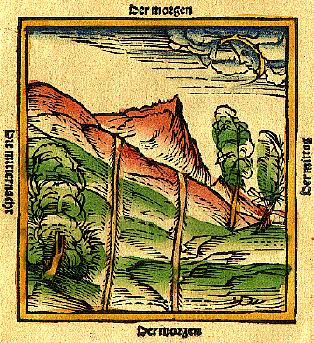

Vannoccio Biringuccio De pirotechnia (1540)
This was one of the earliest books on technology particularly that of working with metals. It included a chapter on alchemy. The book was illustrated with over 80 charming woodcuts. It went through many editions and was an extremely influential work. It dealt with the ores or metals, how to extract and them, and methods of casting and fabrication. It was at the leading edge of the technology of that time. The section on fire shows various pieces of apparatus used in distillation, and other such processes. Some of the woodcuts of apparatus are obviously influenced by Braunschweig's 'Book of Distillation'.
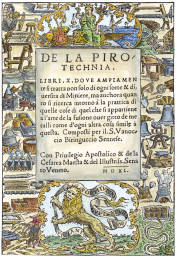

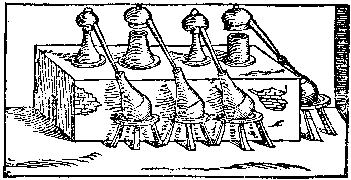
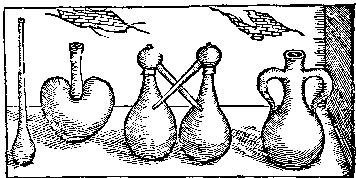
Georgius Agricola's works on metals (1540)
Goerge Agricola wrote the most substantial work on metals De re metallica. It contained about 280 woodcuts some full folio page in size. These depict the working of machinery, industrial techniques, tools, and the technological processes of the time. The book was reprinted many times even into the middle of the 17th century, so it was very influential. He wrote extensively on minerology and mining.
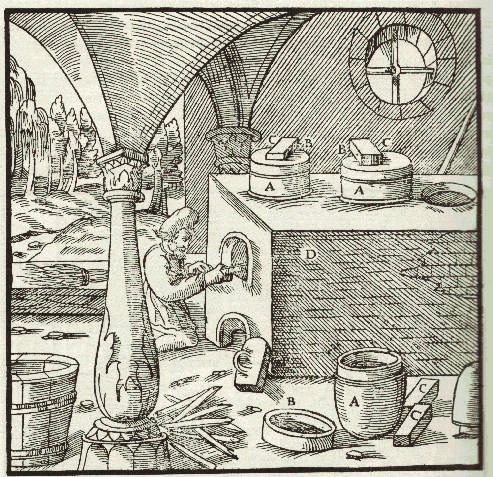
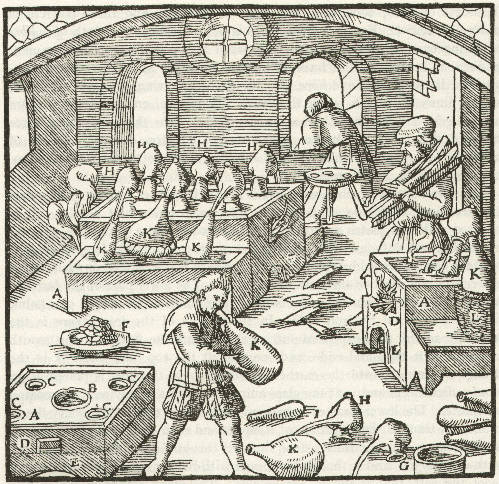
Lazarus Ercker Treatise on ores and assaying (1574)
In 1554 when he was only 24 Ercker was appointed the assayer at Dresden and later became inspector-general of the mines of Hungary, Transylvania, and the Tyrol. His book was highly prized at the time, for it was a record of practical experience, and not burdened with theories and hypotheses. It has been described as the first manual of analytical and metallurgical chemistry. In the text he praises the alchemists for their discovery of materials and processes, but does not mention undertaking such practices himself. It was reprinted many times even into the 18th century. This book contained many woodcuts of laboratory procedures and the ways in which laboratory equipment was constructed.














